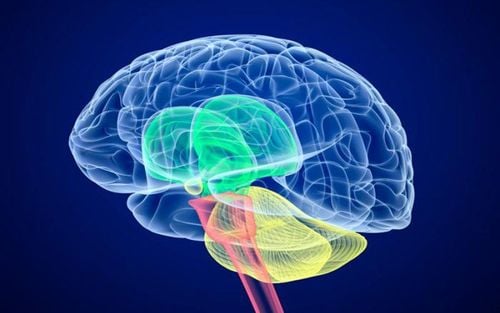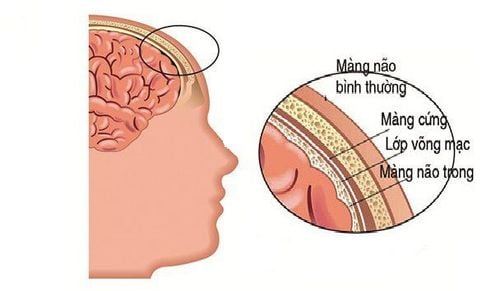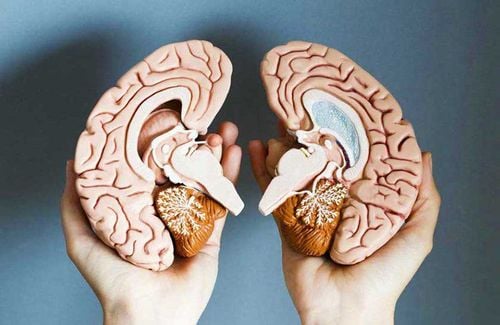This is an automatically translated article.
The brain controls the ability to think, talk, feel, see, hear, remember and all body activities. It even controls your breathing. The brain is a soft mass of tissues and nerves that support connections to the spinal cord. Together, the brain, spinal cord, and nerves form the central nervous system. So, how does the human brain work?
1. What is the human brain and how does it work?
The brain works like a mainframe. It processes the information it receives from the senses and the body, and sends messages back to the body. However, the brain can do much more than a machine can: Humans think and experience emotions with their brains, and it is the root of human intelligence.
The human brain contains billions of neurons arranged in special patterns and sequences for the purpose of coordinating human thoughts, emotions, behaviors, movements and sensations. A complex nervous system can connect the human brain to the rest of the body, thus helping people process actions in an instant.
The human brain is roughly the size of two clenched hands and weighs about 1.36 kg. From the outside, it looks a bit like a large walnut, with folds and cracks. Brain tissue is made up of about 100 billion nerve cells (neurons) and a trillion supporting cells that help stabilize the tissue. There are many different parts of the brain, each with its own function. Important human organs such as the brain, spinal cord and nerves form the central nervous system. The brain consists of three main parts: the cerebellum, the brain stem, and the cerebrum.
The cerebrum is the large outer part of the brain that controls reading, thinking, learning, speech, emotions, and planned muscle movements such as walking. It also controls vision, hearing, and other senses. The cerebrum is divided into two hemispheres: the left cerebral hemisphere and the right cerebral hemisphere. The right half controls the left half of the body. The left half controls the right half of the body.
Each hemisphere has four parts, called lobes: frontal lobes, parietal lobes, temporal lobes, and occipital lobes. Each lobe controls specific functions separately. For example, the frontal lobe controls personality, decision making, and reasoning; while the temporal lobe controls memory, speech, and smell. The cerebellum, located at the back of the brain, controls balance, coordination, and fine muscle control. It also has the function of maintaining human posture and balance. The brain stem is located at the bottom of the brain, connecting the cerebrum to the spinal cord. It includes the midbrain, pons, and medulla. It controls basic bodily functions such as breathing, eye movements, blood pressure, heart rate, swallowing, and central nervous system protection. Due to the fragility of the brain and spinal cord, the human body has a built-in defense system against injury.
The left hemisphere of the brain is responsible for speech and language. The right hemisphere cortex provides spatial information, such as where your feet are at the moment. The thalamus provides the brain with sensory information from the skin, eyes, and ears, as well as other information. The hypothalamus regulates things like hunger, thirst, and sleep. Along with the pituitary gland, it also regulates the hormones in your body. The brain stem relays information between the brainstem, cerebellum, and spinal cord, as well as controls eye movements and facial expressions.
The skull and meninges protect the brain, just as the bones of the spine protect the spinal cord, and cerebrospinal fluid surrounds and cushions both the brain and spinal cord. The skull is the skeleton of the head made up of 21 bones. The part of the skull that covers the brain, which is made up of four main bones: the frontal, occipital, temporal, and parietal bones. The base of the skull, also known as the bone support, is made of a complex series of bones that also interact with the bones of the neck and face.
There are four other bones in the skull: Two temporal bones, on the sides and base of the skull; the two parietal bones, at the top of the skull. The meninges are three layers of tissue. The outermost layer is the sclera, thick and skin-like. The second and third layers are the arachnoid and soft membranes, which are very thin. Cerebrospinal fluid is a fluid that flows in and around the four hollow spaces of the brain (called the ventricles) and spinal cord, between two of the meninges. The ventricles are connected to each other. The spine (also called the backbone) starts at the base of the skull and goes down to the tailbone. It has 33 irregular tubular bones (vertebrae) that stack and protect the spinal cord. The spine is divided into five sections: cervical, thoracic, lumbar, sacral, and coccyx.
The brain needs a steady flow of enough oxygen, glucose and other nutrients. For that reason, the brain is equipped with a particularly good blood supply. Each side of the brain receives blood through three arteries: Anteriorly, the anterior cerebral artery supplies the tissue behind the frontal and subparietal (top of the head). The middle cerebral artery is important to the sides and further areas inside the brain. The anterior and middle cerebral arteries separate from the internal carotid artery, a major blood vessel in the neck. The posterior cerebral artery supplies the back of the head, the lower part of the brain, and the cerebellum. It is supplied with blood from the vertebral arteries, which are also the main arteries of the neck.
Before the three arteries reach “their” brain region, where they divide into smaller branches, they are located close together beneath the brain. In this area, they are connected to each other by smaller blood vessels - forming a structure similar to a traffic circle. The arteries are also connected to each other in other areas. The advantage of these connections is that blood supply problems in the brain can be compensated to some extent: For example, if a branch of an artery gradually becomes narrower, blood can still flow to the brain. part of the brain that it supplies through alternative routes (the collateral blood stream).
The smallest branches (capillaries) of arteries in the brain deliver oxygen and nutrients from the blood to brain cells, but they don't let other substances through as easily as similar capillaries in the rest of the brain. body. The medical term for this phenomenon is the "blood-brain barrier". For example, it can protect the fragile brain from harmful substances in the blood. After oxygen has entered the cells, oxygen-poor blood passes through the veins of the brain (cerebral veins). The veins carry blood to larger blood vessels called the sinuses. The sinus walls are reinforced by a sclera (dural), which helps them also keep their shape. This keeps them open and makes it easier for blood to flow into the veins in the neck.
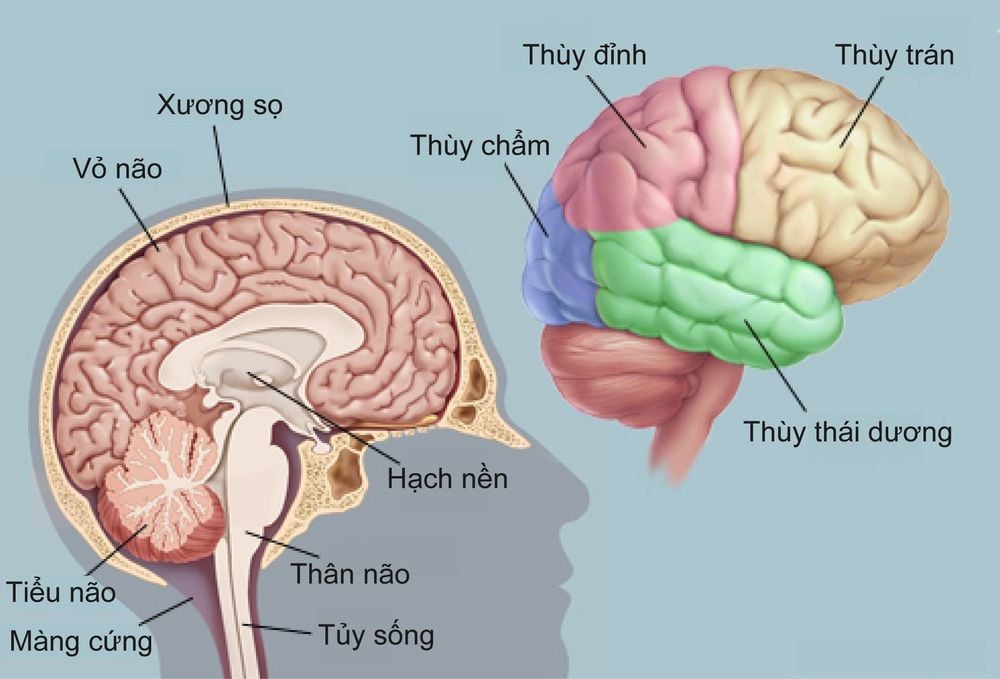
Bộ não hoạt động giống như một máy tính lớn.
2. 9 surprising facts about how our brains work
2.1. People's brains are more creative when they're tired Supposedly, if you're a morning person, you'll want to feel refreshed when you start your day to finish your analytical work. and its most demanding requirements. Problem solving, answering questions, and making decisions are best done when you are most alert and focused.
On the contrary, if you are trying to do a creative work, you will actually have more luck when you are tired and your brain is not working efficiently. This sounds crazy but it really makes sense when you look at the reasoning behind it. That's one of the reasons why great ideas often pop up in the shower after a long day at work.
When you feel tired, your brain is not good at filtering out distractions and focusing on a specific task. Memorizing connections between ideas or concepts is also much less effective. These are all good things when it comes to creative work because this type of work requires us to make new connections, be open to new ideas, and think in new ways.
So a tired and sluggish brain will be highly productive when working on creative projects. The Scientific American article explains how distraction can actually be a good thing for creative thinking. At off-peak times, people are often less focused and can consider a wider range of information. This broader scope gives us access to more alternatives and diverse interpretations, thereby fostering innovation and insights.
2.2. Stress can change the size of your brain (and make it smaller) Stress is actually the most common cause of changes in brain function. Some studies show signs of a reduction in brain size due to stress. One study used baby monkeys to examine the effects of stress on development and long-term mental health. Half of the monkeys were cared for by their peers for six months, the other half with their mothers. The monkeys were then returned to typical social groups for several months before the researchers scanned their brains.
For monkeys that had been separated from their mothers and cared for by their fellows, their stress-related brain regions remained enlarged, even after being exposed to normal social conditions for several days. month. While more research is needed to fully explore this, it's scary to think that prolonged stress can affect our brains in the long term.
2.3. Our brain really can't do many things at once Research has shown that human error rate increases to 50% and it takes them twice as long to complete a task when they multitask. in the same time period. The problem with multitasking is that we're allocating our brain's resources to do separate, unrelated tasks. When the brain tries to do two things at once, it divides and completes, devoting half of its gray matter to each task.
Just like when we try to do both Action A and Action B at the same time, our brain never processes both simultaneously. Instead, it has to tirelessly switch back and forth. When the brain handles a single task, the prefrontal cortex plays an important role. A study in Paris found that, when a second task was needed, the brains of study volunteers split, each hemisphere working individually on a task. The brain was overwhelmed by the second task and couldn't perform to its full capacity because it needed to split its resources. When the third task was added, the volunteers' results plummeted. They could forget one of the three tasks, or make three times as many mistakes as double duty.
2.4. Naps improve daily brain performance Science has proven pretty clear about the importance of sleep for the human brain but what about naps? The truth is that naps are very helpful. It helps to improve memory effectively. In addition, napping also helps clear information from the temporary storage area of the brain, making the brain ready to absorb new information.
2.5. Sight is superior to all other senses Although it is one of the five main human senses, sight seems to take precedence over the others. For example, when you hear a piece of information and three days later, you will only remember 10% of it. However, when using an image, people can remember up to 65%. As for text, the brain treats words as lots of small pictures, and humans have to identify certain features in the letters in order to be able to read them.
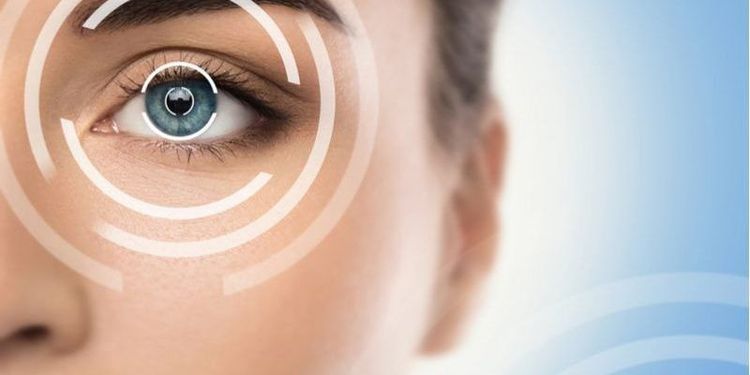
Thị giác có thể coi là giác quan phát triển nhất của con người.
2.6. Introversion and extroversion are caused by different wiring in the brain An introvert or an extrovert is not really related to how lively or shy we appear, but rather to how our brains recharge. . Research has found that there are differences in the brains of extroverts and introverts in how we process rewards and how our genes are different. For extroverts, their brains react more strongly when a gamble pays off. Part of this is simply genetics but part is a difference in the brain's dopamine system.
2.7. We tend to like people who make mistakes. Apparently, making mistakes actually makes people more likable, due to something called the Pratfall effect. People who never make mistakes are considered less likable than people who make mistakes occasionally. Perfection creates distance and an atmosphere of invincibility. This theory was tested by psychologist Elliot Aronson. In his experiment, he asked participants to listen to recordings of others while they were answering quizzes. Among those recordings, there are many recordings containing the voice of the respondent spilling a cup of coffee. When participants were asked to rate the respondents in terms of liking, the coffee spill group came out on top. As you can see, we tend to dislike people who seem perfect.
2.8. Meditation can stimulate the brain to become better Some people think that meditation is only good for improving concentration and helping to calm down throughout the day but it actually has a lot of amazing benefits.
The more we meditate, the less anxious we become. Because the neural pathways in our brain are relaxed when we meditate. Different ways of meditation also bring different benefits. For example, open-monitoring meditation can help us be more creative than focused-attention meditation. Research by researchers from Leiden University in the Netherlands on these two types of meditation was conducted to see which meditation improves creativity.
They found that people who used mindfulness meditation showed no signs of improving their creativity after meditating. Meanwhile, those who used open meditation performed better on tasks that required them to come up with new ideas.
2.9. Exercise can reorganize the brain and boost willpower The link between exercise and mental alertness is as natural as the link between happiness and exercise. Lifetime exercise can lead to sometimes amazing increases in cognitive performance compared to sedentary individuals. When you start exercising, your brain recognizes this as a stressful time. When your heart pressure rises, your brain thinks you're fighting an enemy or running away from it. To protect itself and from stress, the brain releases a protein called BDNF (Brain-derived Neurotrophic Factor). This BDNF is a protective element and also a substitute for your memory neurons, and also acts as a reset switch. That is why we often feel very relaxed and alert after exercising and feeling happy. At the same time, during exercise, endorphins, another stress-fighting chemical, are also released in your brain.
Thus, we can see, the human brain is a miracle that nature bestows. With a complex structure consisting of many small parts, the brain easily plays the role of controlling all human behavior, thoughts, gestures, ... and helps people develop more and more. Therefore, we should adjust our lifestyle in a healthy way to improve the brain and help it function at peak efficiency.
Please follow the website: Vinmec.com regularly to update many other useful information.
Please dial HOTLINE for more information or register for an appointment HERE. Download MyVinmec app to make appointments faster and to manage your bookings easily.
Reference articles: hopkinsmedicine.org, ncbi.nlm.nih.gov, ageuk.org.uk





